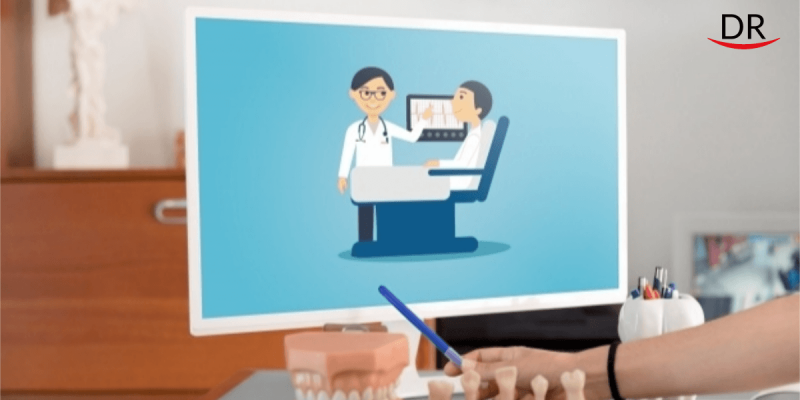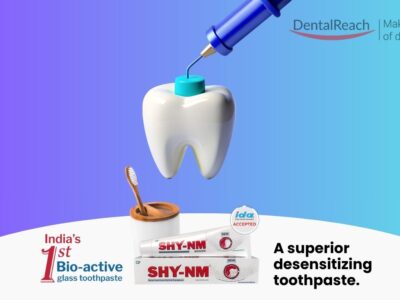Imagine a device that examines an X-ray while you work with a patient. Thanks to it, radiography can become cheaper and more accurate, while taking much less time. And a similar scenario may become a reality in the near future thanks to a team of researchers from the private research Tufts University (USA). They are working to create an artificial intelligence program that scans dental images and notifies doctors of results that require further monitoring.
“There is great potential for using AI in dental diagnostics,” said Aruna Ramesh, professor of oral and maxillofacial radiology.
Projects like these are only part of the shift to digital dentistry, as technology is transforming a profession that once depended largely on manual labor. With the help of computers, dentists can now produce crowns in their office in about the time it takes to make glasses, for example. They can also use the software to design guide drills tailored to their patients' jaws for more accurate implant placement.
Imaging technologies such as MRI and Cone Beam Computed Tomography, which create a three-dimensional cross-sectional image, have empowered dentists to explore beyond the teeth and gums. Panoramic X-rays, which capture the entire jaw in a single 2D image, are commonly used during examinations and to plan dentures, implants, braces, and surgical procedures. But some of these images can be time consuming to interpret.
AI analysis has the potential to reduce human error. According to Professor Karen Panetta, images such as X-rays contain information that is sometimes difficult to see, but a computer can do it without difficulty.
Ramesh, Panetta and graduate student Rahul Rajendran hope to teach an artificial intelligence system to scan images (they started with panoramic radiography) and mark problem areas. Panetta has done a similar job, using AI to read mammograms or detect signs of cancer found by other types of medical imaging, as well as detect diseases such as COVID-19.
“Everyone thinks AI is a magic box that you put data in and it gives you the answers,” Panetta said. "But first, you have to inform the AI by giving it reliable data verified by experts."
So the researchers analysed thousands of panoramic X-rays, injecting detailed descriptions into the AI program. The program also records the researchers' oral comments and tracks their eye movements – for example, whether they oscillate for a split second at a specific location.
Once this data is collected, the researchers will ask the AI program to evaluate the images, identify those who have suspected abnormalities and compare this analysis with the conclusions of the professionals. The problem is that this task is difficult to standardise.
Even if the results of this initial round are promising, it will take the AI years to assimilate data from hundreds of thousands of other X-rays before they are ready to be displayed in the dentist's office – strictly in an assistant role. “The computer doesn't become a radiologist,” Ramesh said. "I don't think he'll ever replace a diagnostician."
Source: medicalxpress.com




















Comments